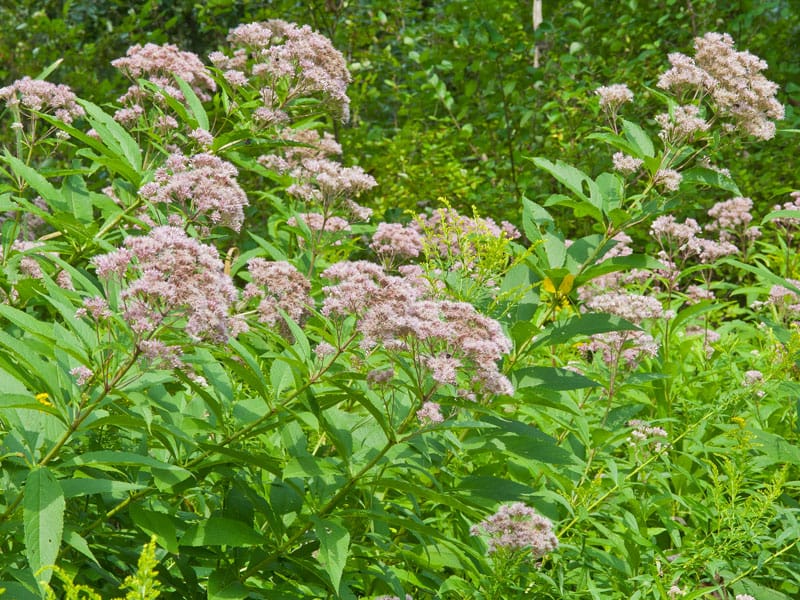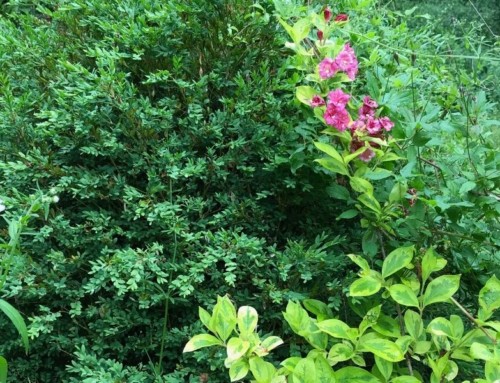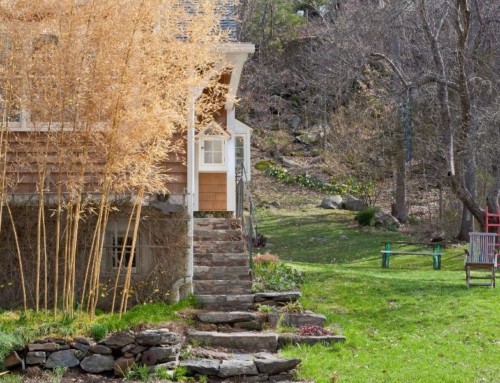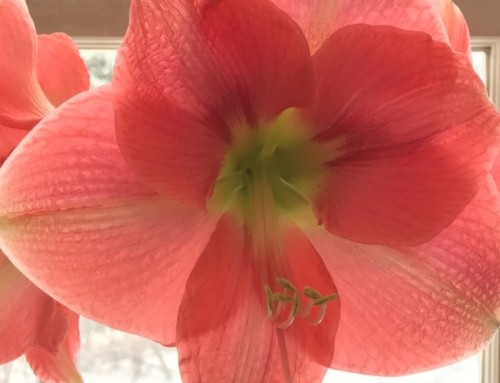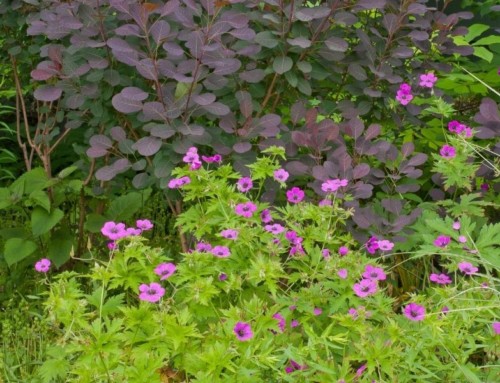Plants capture the sun’s energy for their own growth – and have evolved chemical defenses to avoid giving it up to local munching herbivores.
Specialist insects adapted to eating the native plants they evolved with transfer that energy to the birds and other critters that eat them. And so, energy disperses up into a complex food web.
How do we support resilient local food webs?
Entomologist Doug Tallamy notes that caterpillars transfer energy better than anything else, so we need to increase their numbers. “They’re a thin wrapper with a lot of food inside,” he says, and soft, large, nutritious, low in hard indigestible chitin, high in carotenoids, which are essential to animals but only made by plants.
Tallamy has found that some native plants are more ecologically productive too. Astonishingly…
“5% of our native plants make 75% of the food that drives food webs.”
NATIVE PLANTS THAT SUPPORT THE MOST LIFE
Based on Dr. Tallamy’s research, The National Wildlife Federation’s NATIVE PLANT FINDER directs us to the most productive native plants where we live.
Click on Find Native Plants and enter your zip code for profiles of flowers and grasses, trees and shrubs in your county that host the larvae (caterpillars) of the greatest number of butterfly and moth species. Each plant profile posts how many local species are supported, with links to top Lepitoptera
Or, you can go to Find Butterflies and click on very cool photos of endemic caterpillars, moths and butterflies, to learn more about them, with links to their host plant profiles.
The results for my Litchfield County, CT zipcode – 06785 – gave good clues to who I’m feeding and how I can nurture even more wildlife in this buzzing, chirping, squawking yard full of life. And why I should call a truce with overenthusiastic violets. As my business-minded brother always says, “numbers don’t lie.”
BEST FLOWERS FOR MOTHS AND BUTTERFLIES
- Goldenrod (also best for bees) 123
- Strawberry 77
- Sunflower (also best for bees) 58
- Deer vetch, trefoil 30
- Joe Pye weed 30
- Violet 30
- Wild geranium 26
- Lupine 26
BEST TREES AND SHRUBS FOR MOTHS AND BUTTERFLIES
- Oak 470
- Beach plum, chokecherry 410
- Willow (also best for bees) 377
- Birch 376
- Aspen, cottonwood, poplar 319
- Maple, boxelder 285
- Apple, crabapple 282
- Cranberry, blueberry (also best for bees) 276
